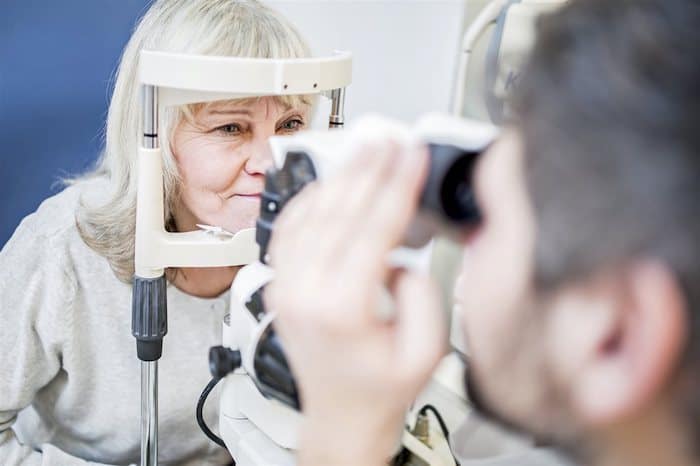The ability to see the people, places and things in front of you is one of life’s most precious gifts. Imagine a life without the ability to see these things clearly — what steps would you then take to protect your vision? Life with Age-related Macular Degeneration, or AMD, can potentially lead to vision loss or blindness. While an AMD diagnosis can be a scary thought, there are things people can do to help reduce the risk of progression of the disease. Here’s what you need to know.
What is AMD?
AMD is a leading cause of vision loss for people age 50 and older, and an estimated 16 million Americans are living with AMD. AMD affects the macula, the part of the eye that supports sharp, central vision needed for seeing objects clearly. The condition is progressive, which means that central vision can ultimately become impaired, which may cause difficulty keeping up with daily activities like driving, reading or recognizing the faces of loved ones. While there is no cure for AMD, there are steps patients can take to help reduce the risk of progression.
Tips for taking action
- Early detection of AMD is imperative. While early-stage AMD often does not present any symptoms or changes in vision, patients should get a comprehensive dilated eye exam once a year, so they may catch the condition early on. This is the best method to receive a proper diagnosis of AMD, as the dilation allows the doctor to see the back of the eye where this issue occurs.
- Adopt a healthy lifestyle. People with AMD should make sure they are eating a diet that consists of eye-healthy nutrients, like green leafy vegetables and fatty fish; exercising regularly and not smoking.
In addition, people diagnosed with AMD should talk to their doctor about taking a vitamin based on the AREDS2 study. PreserVision® AREDS 2 formula vitamins contain the exact nutrient formula recommended by the National Eye Institute to help reduce the risk of moderate to advanced AMD progression.
Get the facts and find support
Patients are often learning about AMD for the first time as they’re being diagnosed, which can be overwhelming. While the Internet is a great resource for patients, medical literature about AMD is often dense and difficult to follow. That’s why Bausch + Lomb developed SightMatters.com, an online resource to provide AMD patients with personalized tips and tools, along with a support system and network, to help each patient better navigate their life living with AMD no matter where they are on that journey.
SightMatters.com aims to help patients understand what AMD is, and how they can manage it. It also allows patients the opportunity to create a personalized action plan, which they can use to discuss with their doctor so they can start taking charge of their condition and continue to see what they love each day. Visit SightMatters.com to begin taking action today.
PreserVision is a trademark of Bausch & Lomb Incorporated or its affiliates.
AREDS2 is a registered trademark of the U.S. Department of Health and Human Services (HHS).
© 2020 Bausch & Lomb Incorporated or its affiliates.
PV2.0015.USA.20







